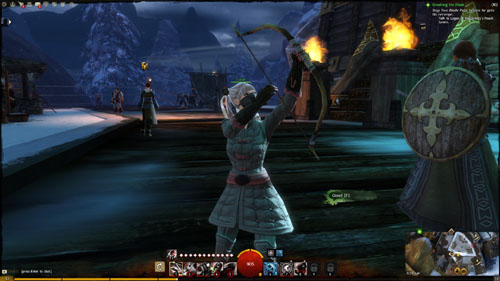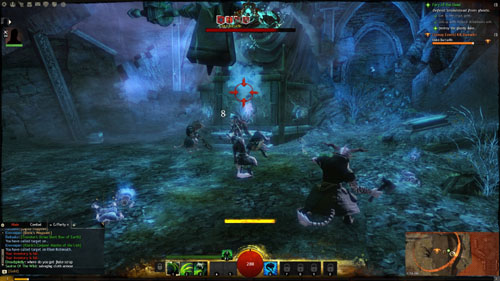I’ve been awaiting for the release of Guild Wars 2 for years - since it was first announced that Guild Wars would not be continuing their campaign format and would instead be releasing a sequel. Some of you may have been waiting just as long, while others may have garnered interest in it sometime over the past few years. Some of you may not even know a thing about it, other than it’s a recently released MMO.

Regardless of what camp you fall into, if you frequent Co-Optimus, you’re probably interested in what GW2 brings to the table on the co-opish side of things. When I (or a guest columnist) focus on an MMO for MMO Co-opportunities, I usually try to pick out two or three unique aspects of the game which I view as encouraging or sustaining a co-op style of playing. For GW2, I’m only picking one: the ease of playing with others. It’s not that there’s few co-opportunities in the game, rather I’m only picking one because this sole attribute covers almost all areas of the game in some way or form.
Guild Wars 2 is divided into two type of play: Player vs. Environment (PVE) and Player vs. Player (PVP). For obvious reasons, I’ll only be focusing on PVE for this article. Within PVE there are two different kinds of content: open world and instanced. Let’s start with open world content.

Instead of the standard quest fare that MMO vets are probably used to, each zone presents players with renown tasks (also known as “hearts” for their map designation) and area events. The renown tasks are static, so if players are in need of XP they’ll naturally be guided from heart to heart across a zone of (hopefully) the appropriate level. Completing the hearts gives you a big boost of XP as well as some in-game currency in the game. Events are spontaneous where players contribute to an objective, and at the end are rewarded with currency and XP.
